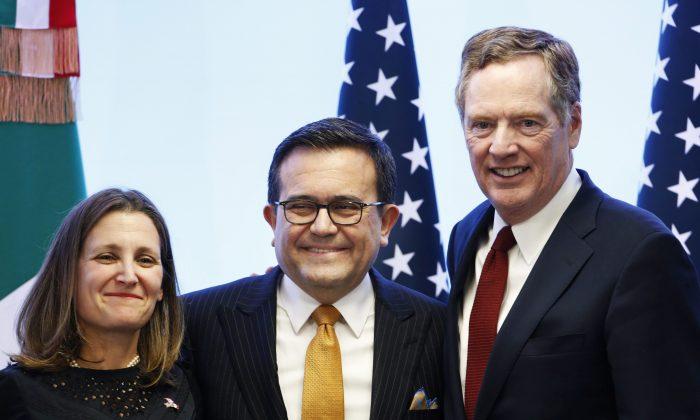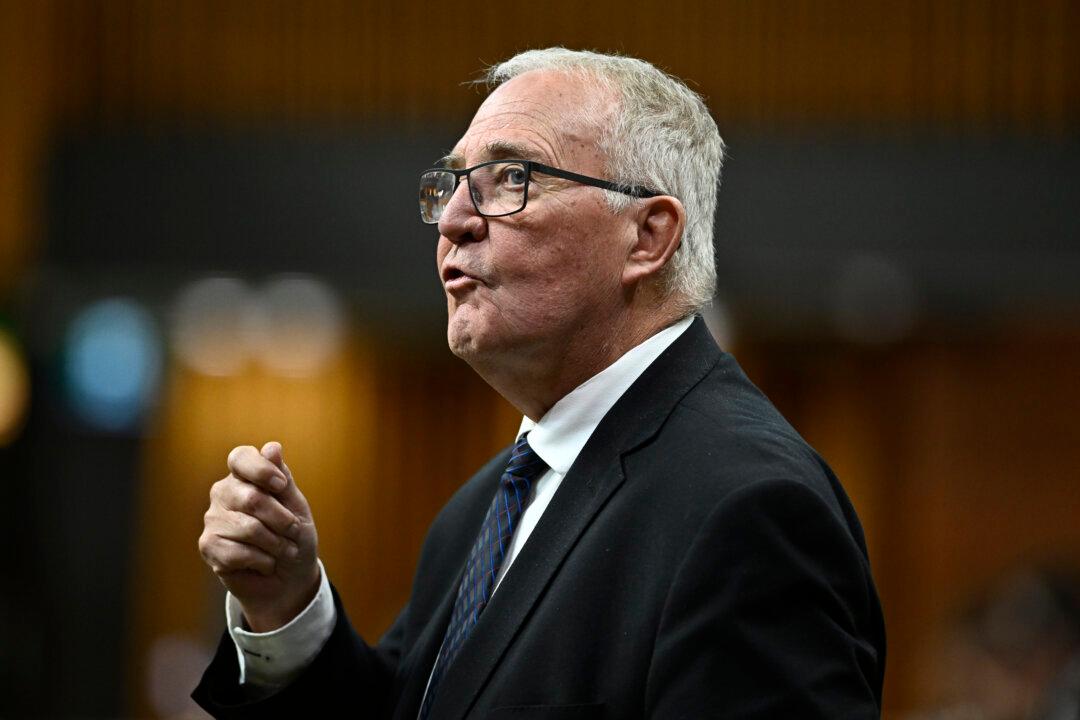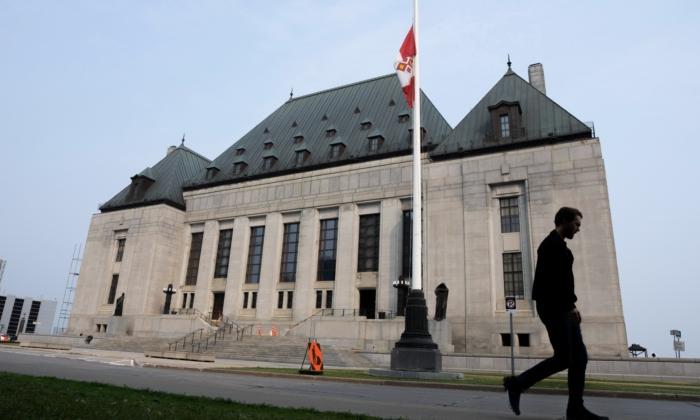The United States is suddenly proposing a sprint to the finish toward a new NAFTA deal within about four to six weeks—a rapid pace that aims to soar past political obstacles and procedural hurdles.
Is it doable?
Count veterans of NAFTA 1.0 among the skeptics. The top Canadian negotiator in the original NAFTA and the top American trade official who completed the pact under Bill Clinton are expressing their doubts.
“I don’t think so,” said John Weekes, Canada’s chief negotiator in the original deal.
“These are complex things. ... These aren’t the sort of things you can just decide bang, bang. ... It has to be a good agreement that makes sense for all three countries—and not taking shortcuts and not agreeing to a bad deal.'’
The stated reason for the hurry now is simple: It’s the U.S. argument that political events beyond the spring could make it harder to finish a deal and get final ratification votes. In a few months, the Trump administration could face a more hostile Congress and a more combative Mexican president.
The United States argues that there are just two months left to get a deal this year, otherwise procedural rules—including more than six months required to ratify an agreement in the U.S. Congress—will make a final vote impossible before 2019.
A more realistic timetable in Weekes’s mind would be a deal by December. That’s similar to the estimate offered by his former American counterpart Mickey Kantor, Clinton’s first U.S. trade czar. He foresees at least six months more of negotiating.
“It’s going to take time,” Kantor said. “Trade agreements don’t end before their time. ... There are a number of issues on the table—they have to be resolved.”
Compare the current and past timetables.
The original NAFTA took 14 months to negotiate. Lawyers then combed the text for errors, Clinton was elected and insisted on new labour and environmental side-deals, and then there were ratification votes. In the end, it took about 30 months.
The current negotiations are into their seventh month. Of the roughly 30 chapters to complete, 6 are done so far. That’s not fast enough, current U.S. trade czar Robert Lighthizer said at the close of a round in Mexico City.
“Now our time is running very short,” said Lighthizer, who described the four-to-six-week horizon in a chat later with American media.
The threat of tariffs was also dangled over the negotiating table in Mexico City. Lighthizer suggested that if Canada and Mexico sign a quick NAFTA deal, that could void any tariffs before they take effect.
Meanwhile, the Trump administration has been hinting that Canada and Mexico may get a special exemption from the impact of the proposed steel and aluminum tariffs.





